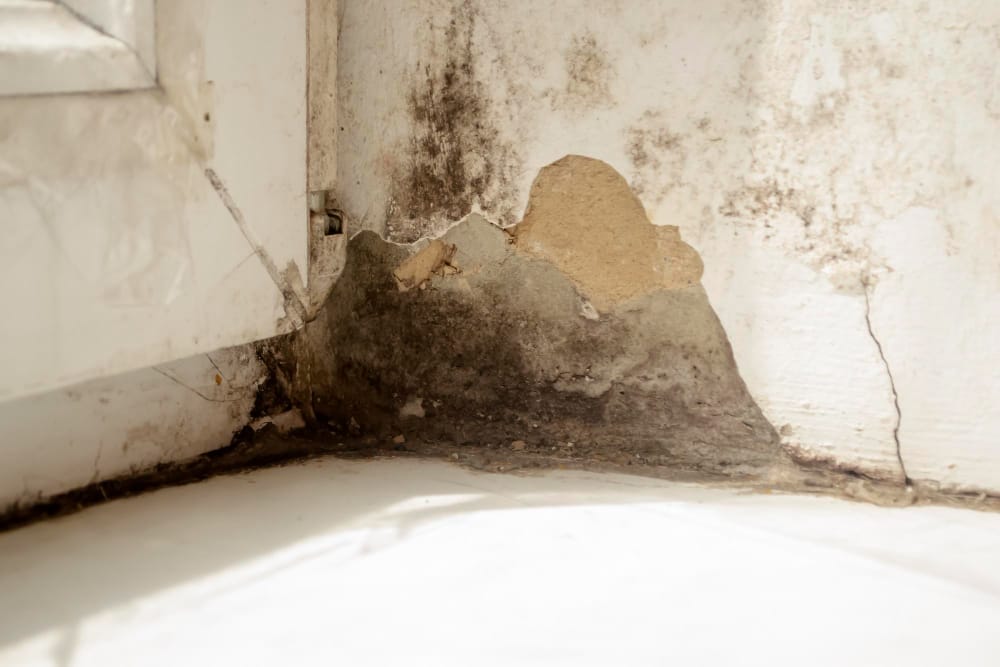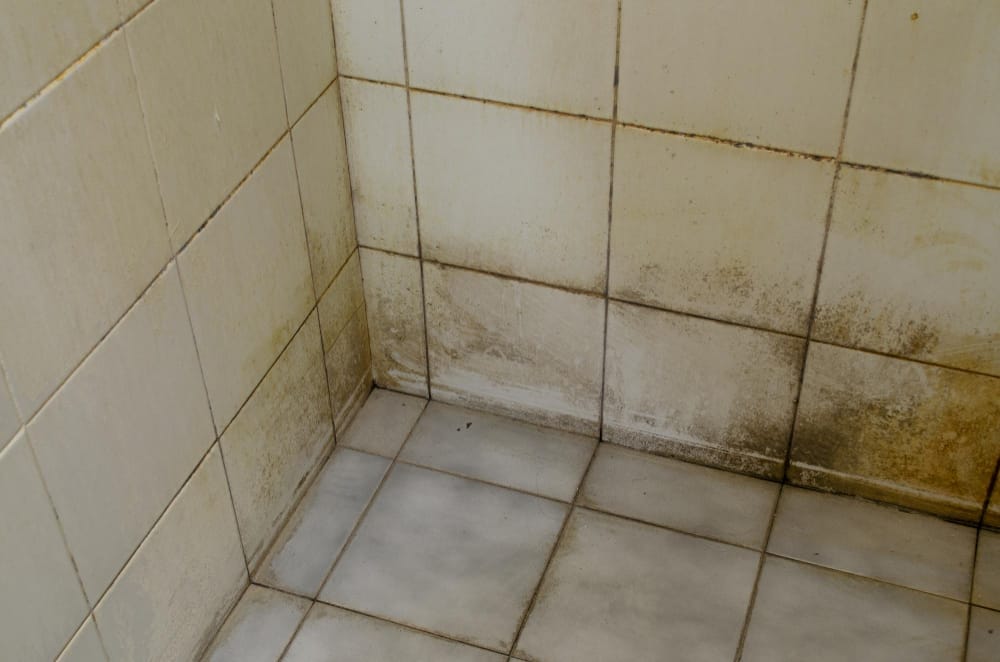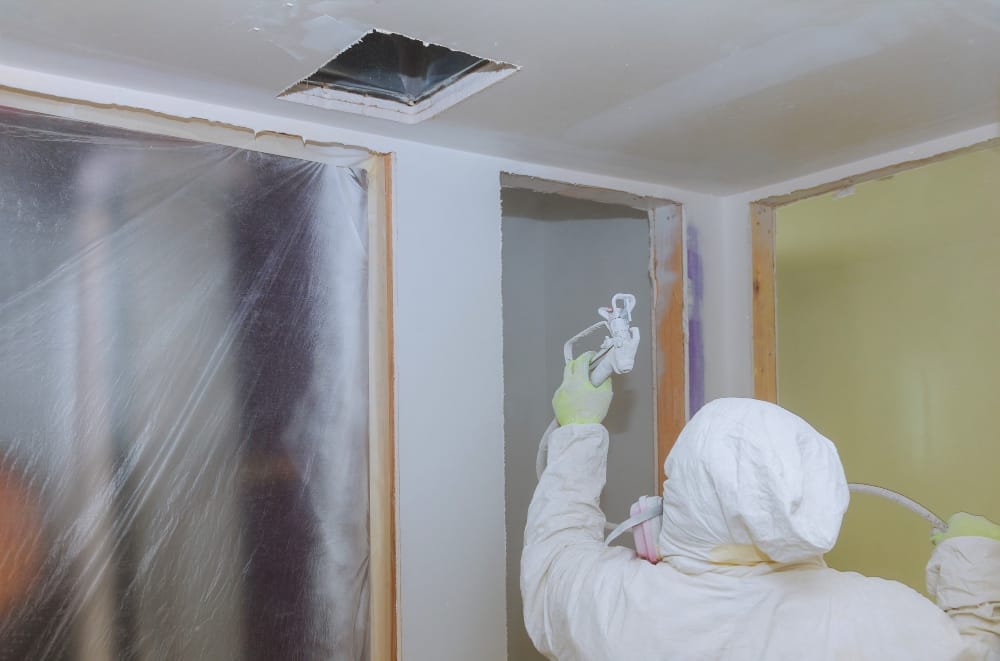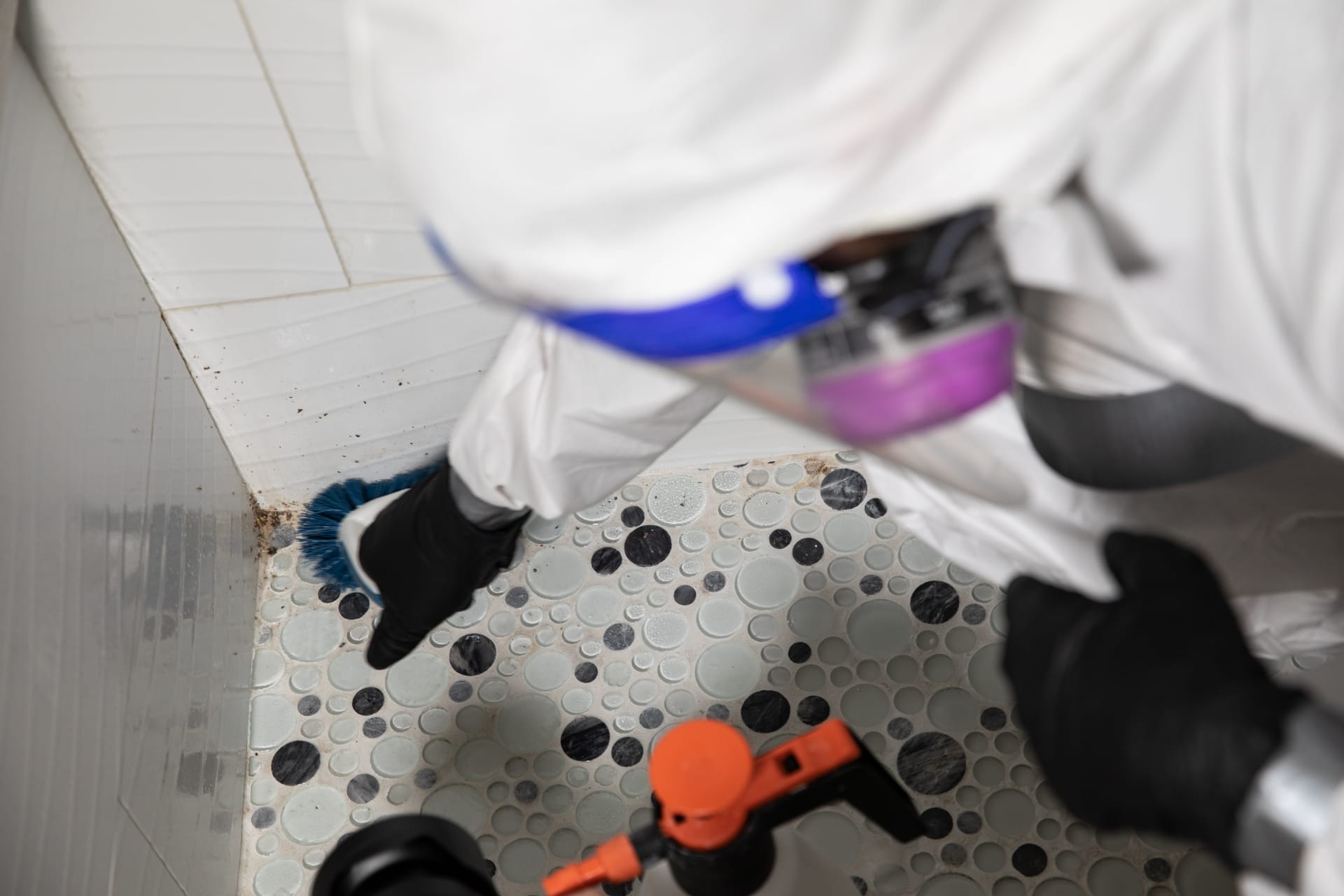
Discovering mold in your home can be alarming, but understanding how to efficiently and safely tackle the issue is crucial. This listicle outlines a methodical approach that any homeowner can employ to address a mold infestation cleanup. From identification to prevention, follow these steps to protect your home and your family from the harmful effects of mold.
Step 1: Identifying the Mold
Signs of Mold Presence
Mold isn't always visible, but it often makes its presence known through various signs. Keep an eye out for:
- Musty odors in areas with high humidity.
- Damp or discolored walls, floors, or ceilings.
- Respiratory issues inexplicably affecting your family.

Common Areas Prone to Mold Growth
Mold thrives in damp, dark, and warm environments, common in places like:
- Bathrooms, especially around showers and tubs.
- Kitchens, particularly near sinks and refrigerators.
- Basements where moisture can accumulate.
Types of Mold in Indoor Environments
Common indoor molds include:
- Stachybotrys Chartarum (Black Mold): Often dark green or black, this mold is associated with various health issues.
- Penicillium: Blue or green, typically found on food, upholstery, and carpets.
- Alternaria: Found in damp places, this mold is often brown or grey and can be allergenic.

Identifying the type can aid in understanding the risk level and how to proceed with cleanup.
Step 2: Safety Precautions
Necessary Protective Gear
Before commencing any cleaning, safeguard yourself with:
- N95 masks to prevent inhalation of spores.
- Gloves to avoid direct contact with mold.
- Goggles to shield your eyes from debris.
Learn more about the necessary materials to clean up by visiting the EPA's official mold cleanup guide: Mold Cleanup in Your Home
Ventilation and Containment Measures
It's essential to keep the affected area isolated. Use:
- Plastic sheeting to seal off the contaminated space.
- An exhaust fan to funnel mold spores outside.
- Air purifiers with HEPA filters to clean the air.

Creating a clean zone and minimizing exposure will protect you and prevent spreading. Containing a mold-infested environment is just as important as cleaning the mold itself!
Step 3: DIY Mold Cleanup Process
Tools and Materials Needed
Gather the following:
- Scrub brush or sponge for manual cleaning.
- A solution of detergent and water to scrub surfaces.
- A wet/dry vacuum to clean up moldy areas.
- Bleach or a commercial mold product approved by the EPA.
- Trash bags for disposal.
Step-by-Step Removal Instructions
Always work from the least contaminated area to the most contaminated, and follow these steps:
- Dampen moldy areas before cleaning to prevent spores from becoming airborne.
- Scrub gently and thoroughly with the cleaning solution, ensuring you reach all affected areas.
- Vacuum up any debris with a wet/dry vacuum.
- Disinfect the area with bleach or an approved product.
Remember to dry the space completely after cleaning, as mold requires moisture to grow.
When to Seek Professional Help
If your infestation is extensive, or if you're dealing with toxic mold, it's best to hire a professional service. They have the expertise and equipment to handle severe cases, ensuring it's done right the first time.

Step 4: Prevention Tips
Moisture Control
The best way to prevent mold is to control moisture:
- Use a dehumidifier in humid areas of your home.
- Fix leaks in the roof, walls, or plumbing promptly.
- Ensure proper ventilation in high-moisture areas like bathrooms and kitchens.
Must read: Tips for Keeping Homes Free of Mold & How Bio-One Can Help
Regular Inspection and Maintenance
Frequent checks of potential mold-prone areas will allow you to catch issues early:
- Inspect attics and basements for leaks and moisture accumulation.
- Check under sinks and around appliances for any dampness.
- Keep an eye on your HVAC system, as mold can grow in ducts and coils.
Regular inspections and swift maintenance will keep your home mold-free.
Bio-One of Oceanside is Ready to help!
Mold infestations are not to be taken lightly. Prompt action is necessary to negate the health risks and structural damage they can cause. By understanding the type of mold, taking safety precautions, following the correct cleaning process, and implementing preventive measures, you can effectively manage the situation. Stay informed and diligent, and remember, for a professional and thorough remediation, Bio-One of Oceanside is ready to assist.

Bio-One of Oceanside offers mold cleanup and water damage restoration services in the North San Diego County Area and the Southern Orange County Area with our second office Bio-One of South OC!


